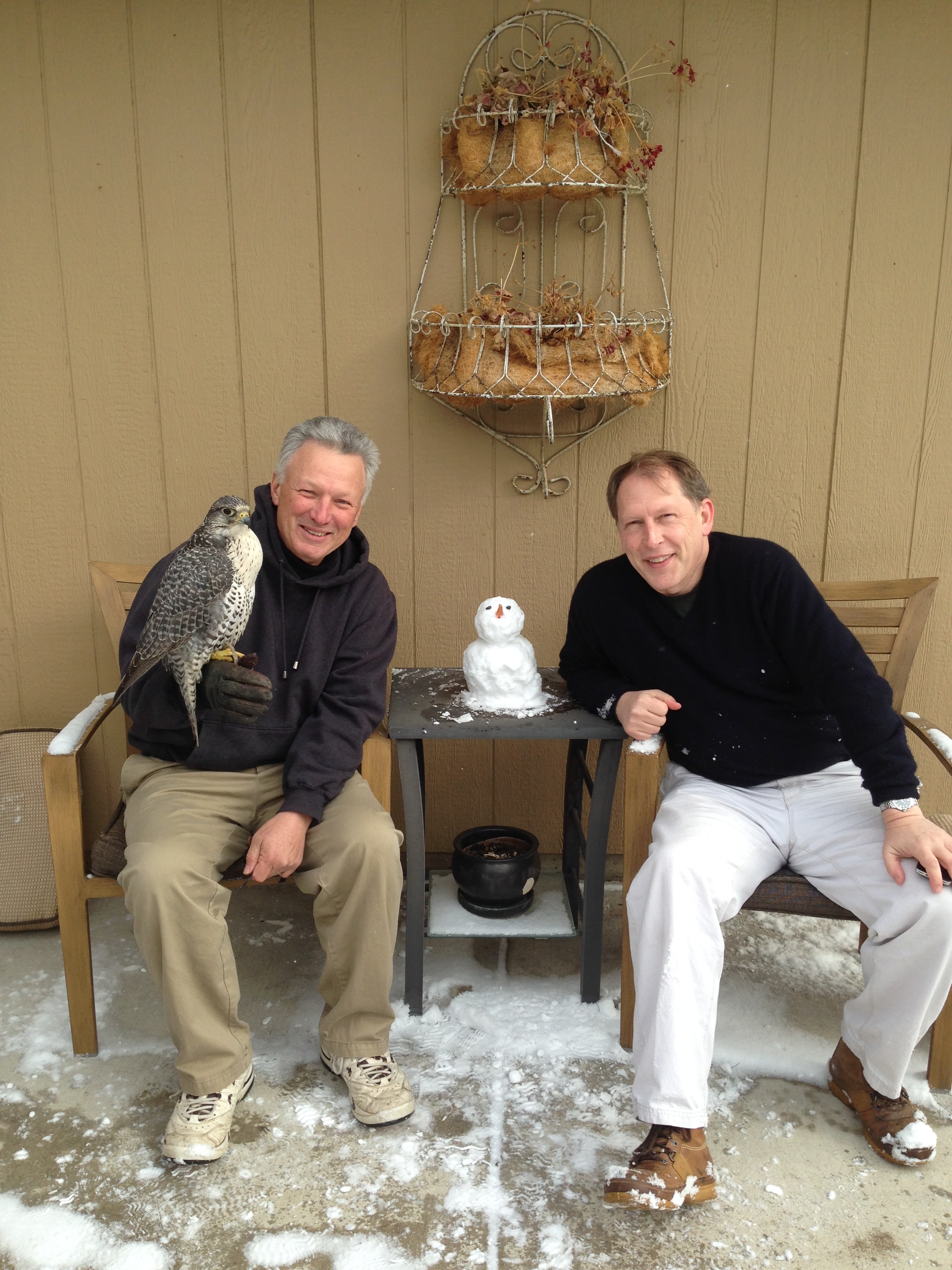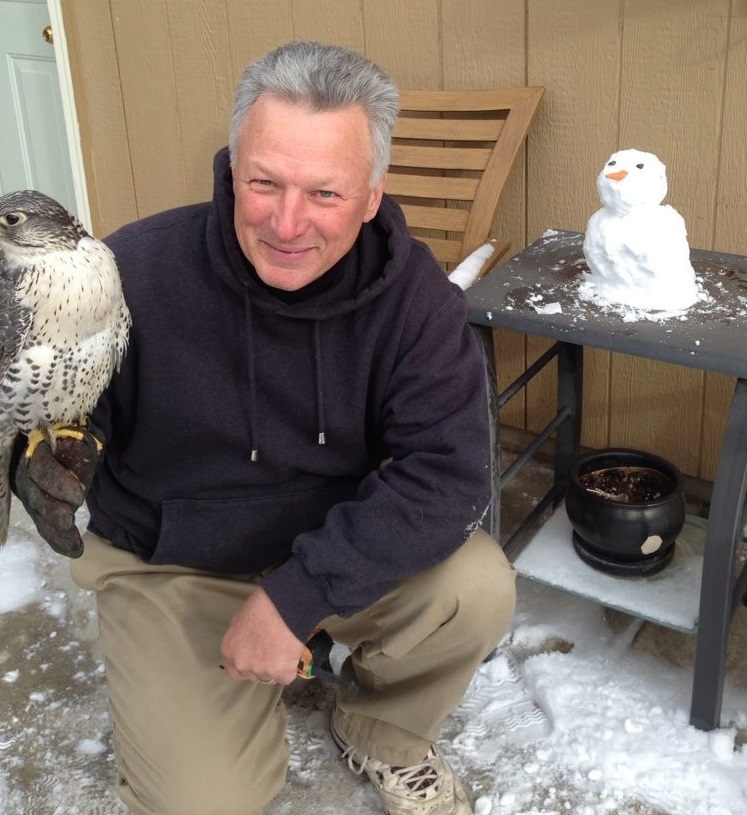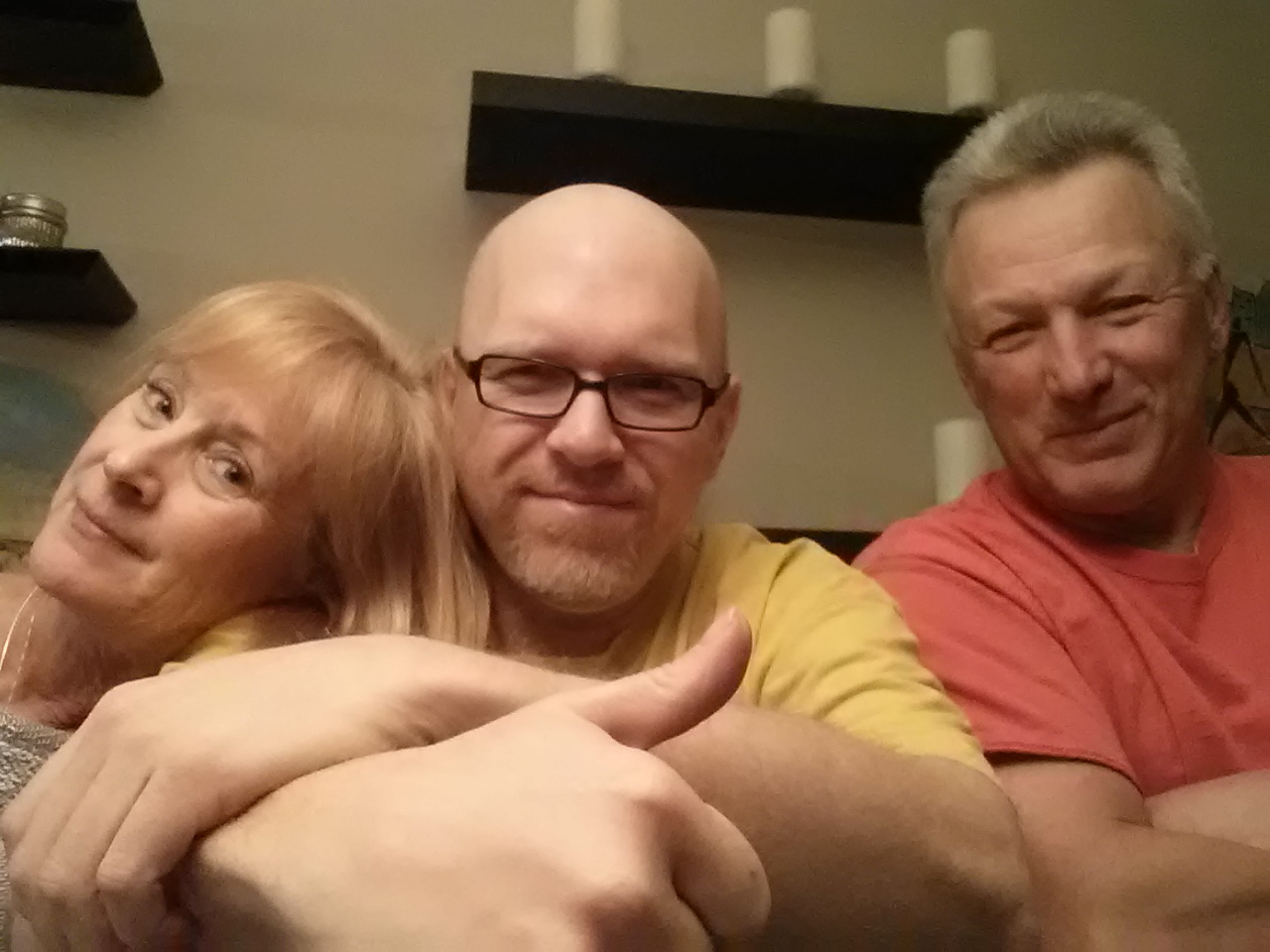Falcon & the Snowman figure Christopher Boyce, convicted KGB spy, updates American Sons memoir (and I helped)
You've probably read The Falcon & the Snowman or seen the movie of the same name. If you haven't, you should. It's a great story of espionage and pathos, and it's oh-so-relevant in light of Russia's latest attacks on the West.
Let's review: Russian spies attempted to sabotage the 2016 presidential election. They wormed their way into the Trump camp. Now they're up to new tricks in England. This week, in fact, we learned that the Kremlin might have ordered the poisoning of one of their more successful traitors, Sergei Skripal, who had secretly worked for Britain's MI6 spy agency.
All this drama harkens back to the 1970s, the middle years of our long-extended (never-ended) Cold War, when the KGB opened the door to anyone willing to betray America's secrets, paying some of them bundles of cash and providing them country homes. Which brings me to the rest of The Falcon & the Snowman story:
What ever what happened to Christopher Boyce (codenamed FALCON by the FBI) after he was sent to prison for espionage?
That tale has been updated in a new anniversary edition of the very fine book co-authored by Christopher Boyce, Cait Boyce (who got him out of prison), and talented author Vince Font (founder of Glass Spider Publishing).
I was invited to write the foreword to American Sons, and here it is. (Subtext: Buy the book!)
Foreword
By Bryan Denson
I first met Christopher Boyce in early 2014, about six months after Edward Snowden’s name made headlines across the globe. Snowden, you’ll remember, is the former NSA contractor who disclosed that U.S. spy agencies were quietly collecting millions of ordinary Americans’ phone records, with permission from a top-secret court just down the street from the White House.
There were parallels between Snowden and Chris. Both had despaired over their nation’s covert armies of eavesdroppers. Both held security clearances that gave them access to America’s chambers of secrets. And both betrayed their homelands. Chris smuggled classified files about U.S. spy satellites directly to the Soviet KGB and went to prison for espionage. Snowden handed over troves of highly classified files to journalists and fled to Hong Kong and then Russia, which granted him asylum.
I talked my editor at The Oregonian into letting me drive over the Cascades to interview Chris for the newspaper, which published my weekly national security column “Spy Games Update.” I wanted insights into what mechanism inside Chris—and Snowden, and WikiLeaks founder Julian Assange, and former Army intelligence analyst Chelsea Manning—drove them to reveal America’s deepest secrets. I was curious about what Chris thought of Snowden, who seemed to enjoy twisting the nipples of the U.S. security apparatus with each of the revelations he doled out to journalists around the world.
Chris and his wife Cait had agreed to be interviewed at their home in the sagebrush flats of central Oregon. I wasn’t entirely certain what kind of reception I would get. I knew that Cait was fiercely protective of Chris, and that he had spent decades behind bars, much of that time in solitary, a form of confinement that frequently turns sane humans insane. So I wondered, as I closed in on the Boyce home, just how much of Christopher John Boyce was left.
Decades had passed since the FBI codenamed Chris “Falcon,” a sobriquet that has shadowed him since his life and crimes were immortalized in The Falcon and the Snowman—the title of a best-selling book and a hit movie. I guess a part of me was expecting to shake hands with an aging Timothy Hutton, the actor who played him in the film. But this Chris seemed a little stiff. He wore nice slacks and a spy-like turtleneck into our first interview session, but he looked weary. Cait explained that they had spent days entertaining an Australian TV crew and had been fielding calls for months, since the first of the Snowden revelations. My take on Chris was that he was all talked out. But when I brought up Snowden, he perked up. He described Snowden as a hero who went to bat for the American people to protect their civil liberties. Chris said this with a bit of longing, as if he wished he had done the same.
What he had done, back in the 1970s, was go to work inside the bug-proof vault of a California defense contractor called TRW. His security clearance gave him access to CIA cables about U.S. spy satellites and a secret effort by America to depose Australia’s prime minister. Chris had been a critic of the U.S. government since the Vietnam War, outraged by its spying and dirty tricks. He thought the public had a right to know how its tax dollars were being spent—or misspent, in his view. He briefly considered going to the press with his pilfered files. But instead, he talked his childhood best friend Andrew Daulton Lee into couriering them to Mexico City and selling them to America’s biggest enemy, the Soviet KGB.
“I was an angry young man,” he told me. His gaze narrowed with a combination of sadness and the keen introspection that comes with age. “And it was a one-man war, without making much sense, against the intelligence community.”
I eventually got around to asking Chris and Cait how they met, and the question lit them up. The story they told, which by then had already been chronicled in the first edition of this book, sounded like a Hollywood movie script. I won’t give it away here. But theirs is a surprising tale of two headstrong humans—smart and stubborn, resilient and relentless—who teamed up on a mission to free Chris from prison. Separated by miles of coiled razor wire and government red tape, they alternately confronted an intractable federal parole system, the pathos of solitary confinement, and a deadly and determined form of cancer that nearly ended their dreams. Chris and Cait became co-conspirators in the ultimate long-distance romance.
We were deep into the first day of interviews when Chris invited me to meet his falcon, Higher Power. We were outside in the cold, the raptor clutching his heavy falconer’s glove, when the daylight gave me a good look at Chris. He was gray-haired and handsome, and I was struck by how much he suddenly reminded me of the author Malcolm Braly. Malcolm had given his youth to reform school and terms at San Quentin and two other prisons. He was deep into middle age when he came to teach writing at the University of Maryland Baltimore County, where I was a student. By then, he was a best-selling author—someone you’d expect to coast a little in late middle age. But Malcolm’s freedom came with a boundless sense of wonderment. His mirth often put those of us fresh out of our teens to shame. And now, standing there in the snowy yard, focused on his falcon and the freshly fallen snow, Chris was as alive and connected to the world as Malcolm or any other man I’d ever met.
I shot photos of Chris and his bird. But the image I wanted, the one I had conceptualized on the drive over the mountains, involved taking a small social risk. Now I seized the moment, reaching down with bare hands to scoop snow off the Boyces’ yard. I began to form a large snowball and asked Chris if he could scare up a tiny carrot. He looked at me quizzically, his brow scrunching tightly as he fought back a smile, and vanished into the house with a new lift in his step. When he reappeared with the carrot, I stuck it into the snowball, which served as the head of a miniature snowman with two black pebbles for eyes. Chris busted up laughing at my silly idea.
“You’re crazy,” he kept saying. But he sat down with Higher Power, the snowman next to them on a table, and I lifted my camera.
Click.
The Falcons and the Snowman.
The year 2017 marks the fortieth anniversary of Chris’s arrest, followed by his conviction and a sentence that was supposed to keep him imprisoned for a minimum of forty years, and quite possibly the rest of his life. That part of Chris’s human education is part of history and the public lore. But the climax of Chris’s human drama would not be chronicled until 2014, in the first edition of this book, which the Boyces co-authored with my talented friend Vince Font. Now the story has been updated with expanded content, including many of the articles Chris wrote for the Minneapolis Star Tribune during his time at Oak Park Heights prison in the late ’80s and ’90s. It’s a painfully revealing story of crime and punishment, perseverance, and redemption.
But mostly, it’s a love story.




